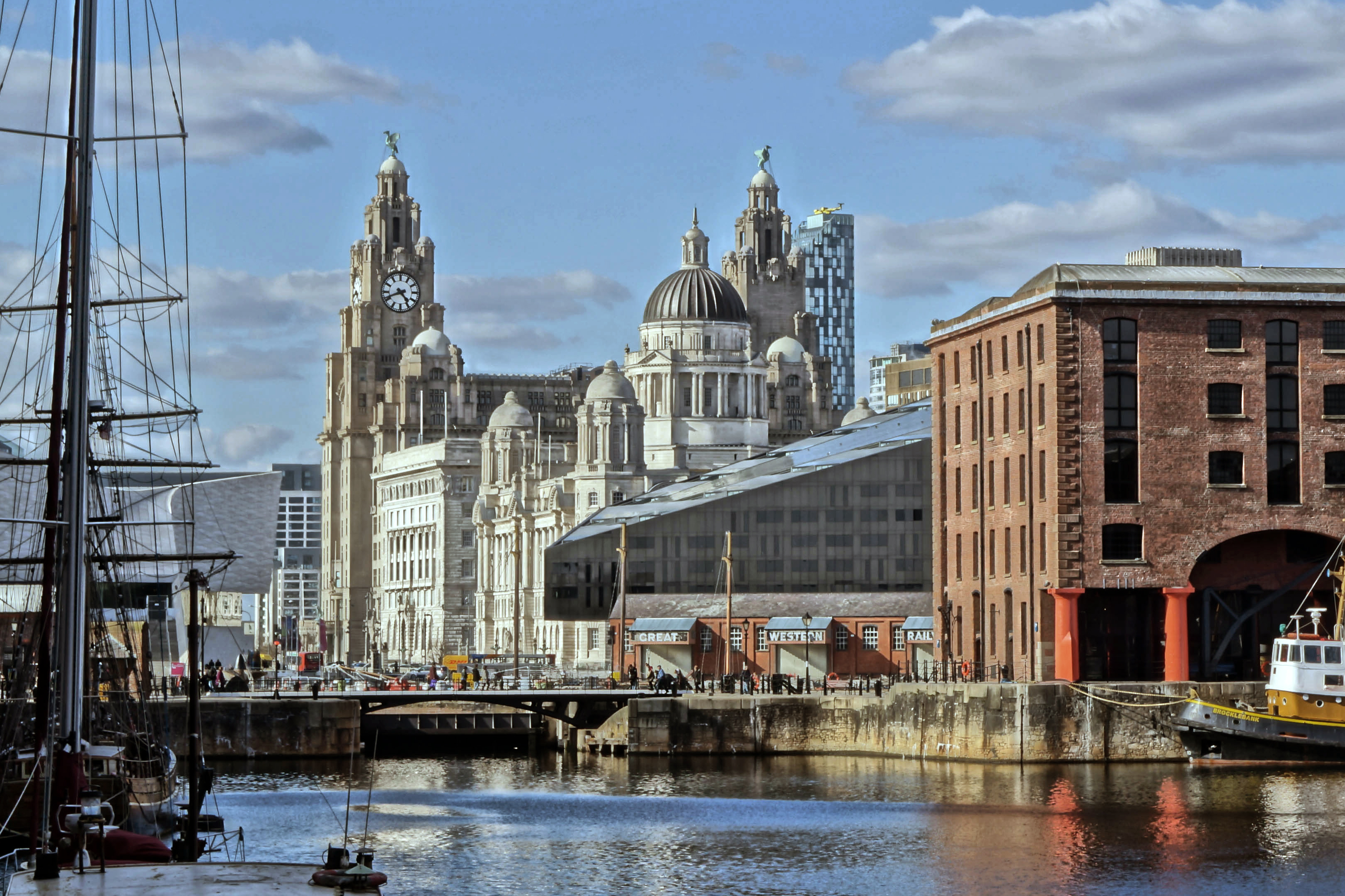
Romantically entitled ‘Stories from the Sea’, Discovering Britain’s free route through Liverpool promises to delve into the history of one of the most prosperous ports on the planet. In the 19th century 40% of the world’s trade passed through Liverpool, encompassing products as diverse as tea from china, timber from Sweden and hemp for Egypt and the walk connects with the evidence of seventy nations in the city. Beginning from Liverpool Lime Street and continuing for three miles in a circular route on gentle flat roads, the walk is easy to access. It is recommended however that you bring along an extra layer for the section of the course along the riverside, as the Mersey is often blustery.
Making your way out of the station you will encounter the land-locked liner, The Adelphi Hotel. A hotel has stood here since 1826 and in the early 20th century it was one of the world’s most luxurious retreats, being amongst the first in the UK to boast telephones and baths. Many rooms have solid Italian marble walls and the Sefton Suite is a replica of the First Class lounge on the Titanic.
After a stop to see the long streets where miles of navy issue rope was made, we continue to Wood Street. By the 1840s the demand for tea was at its peak and ships from India and China bought many tonnes to Liverpool dock. Partly due to the tea trade Liverpool has the oldest Chinese population in Europe, who worked on the Blue Funnel Shipping Line. The city is now paired with Shanghai. Liverpool is also home to a huge Irish population, who found it easier to reach the port from Dublin that travelling around the base of England to London. At the famous Albert Dock, a world heritage site, you will see the huge warehouses which stored the wealth of goods moved through the port. Although the space is now the home of galleries and restaurants, the dock is alive with the evidence of history, most prominently in the huge maritime museum and the merchant navy memorial.
Continuing along the river you can pat one of the famous lambananas which line the route and admire the ‘three graces’, the luxurious waterfront buildings constructed to show the cities wealth and power. The liver birds atop the liver building, which face both in and out of the city, are 18 feet tall and have a wing span of 20 feet, they are a cross between an eagle and a cormorant and have been the symbol of the city since the 12th century. Legend goes that they are a lucky bird for sailors and Liverpool will disappear if the pair fly away. The walk takes in many more exciting sites of history and heritage. Find the full route at Discovering Britain: Stories from the Sea.
HandsamSchoolTripsAdvisor can help you plan your scouse adventure with our trip planning service and consider the perils of a city walk with our risk assessment guidance. See also our previous article on school trips to cities.



